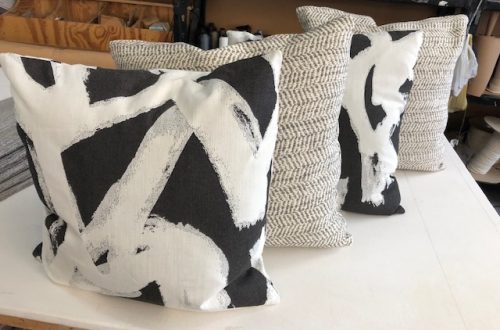Grit and Grunge: Safety Precautions When Evaluating Upholstery Damage
Reupholstering isn’t reserved for musty antiques or quirky relics. All furniture endures wear and tear, and sometimes unusual circumstances can lead to large tears or dents that need touching up. However, DIY work isn’t all fun and games, some kinds of furniture can be dangerous to work on if you aren’t cautious. Wooden parts can splinter or swell, losing structural integrity; metal can rust and lead to punctures and cuts. Even upholstery foam, Canada-esque in its unassuming nature, can be a danger if left to collect mold and allergens.
Waterworld
If you are re-upholstering furniture after inclement weather, you will have several health issues to worry about. Flooding can ruin furniture in minutes and leave moisture deep inside, causing mildew and mold. Be sure to avoid breathing in toxic air and allergens when opening cushion covers. Sometimes only the covers will be salvageable, but don’t throw the filling away immediately. Take quick measurements before disposal and order custom cushions that fit the salvaged upholstery.
Twisted Metal
Furnishings that are intended for outside storage and use tend to be much sturdier, and use materials such as metal which can corrode over time. You should carefully assess all outdoor furniture both visually and physically. Note rust and other concerns, and consult an expert if the furniture seems unsafe. Try not to stress-test metal furniture yourself. Use weights or pressure to check questionable joints and supports. Furniture outside is exposed to far more pollutants, so it may be more likely you will need custom outdoor cushions to replace old dingy ones.
Bio: Foam Factory Inc., based out of Southeast Michigan, is a foam and rubber product manufacturer that has been meeting commercial and consumer needs for more than 30 years. Browse their selection and order today at www.thefoamfactory.com/.


